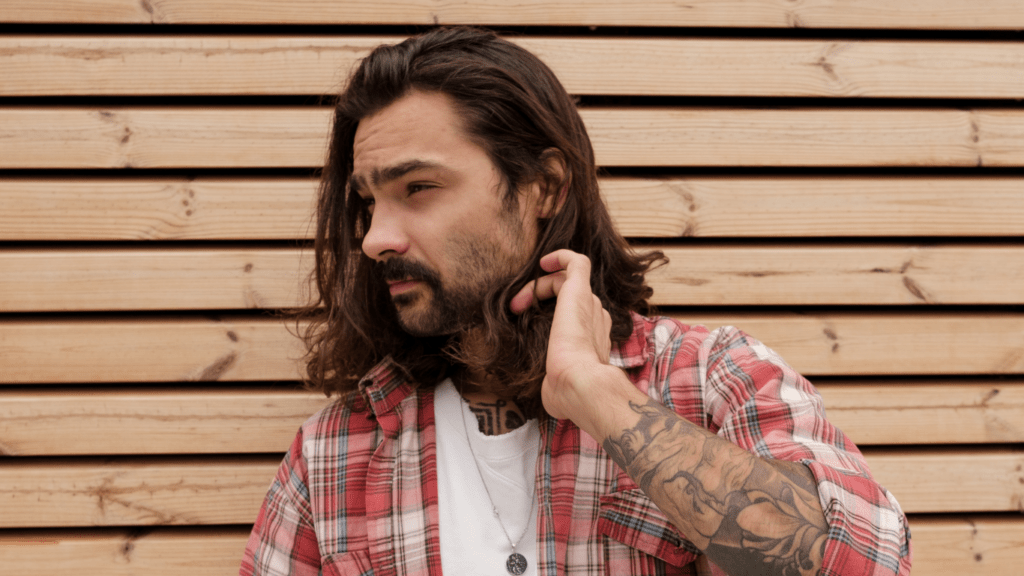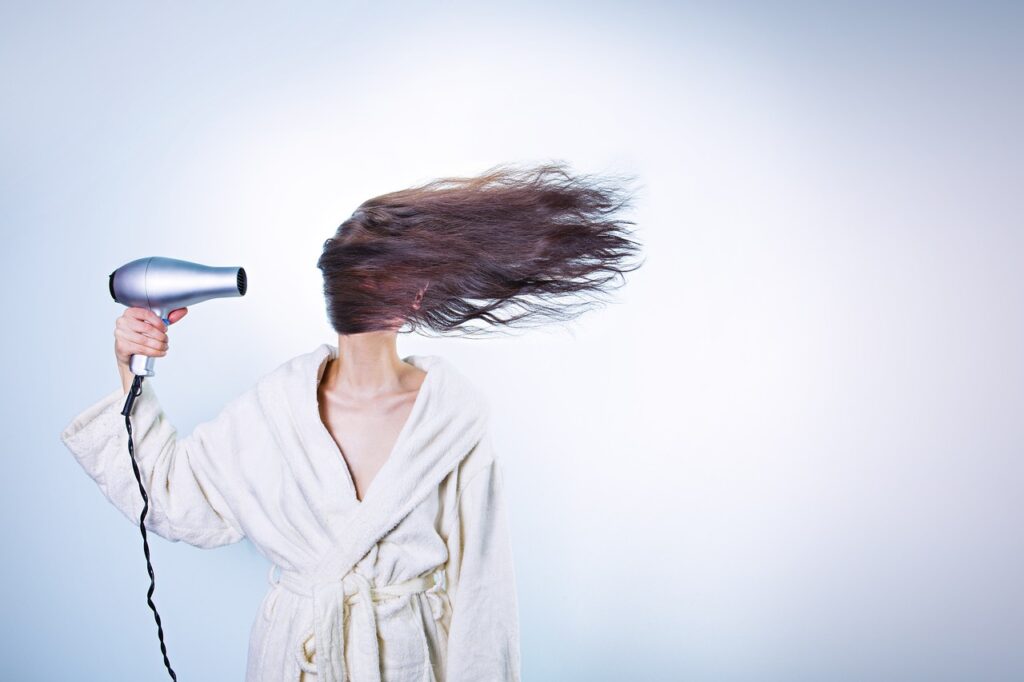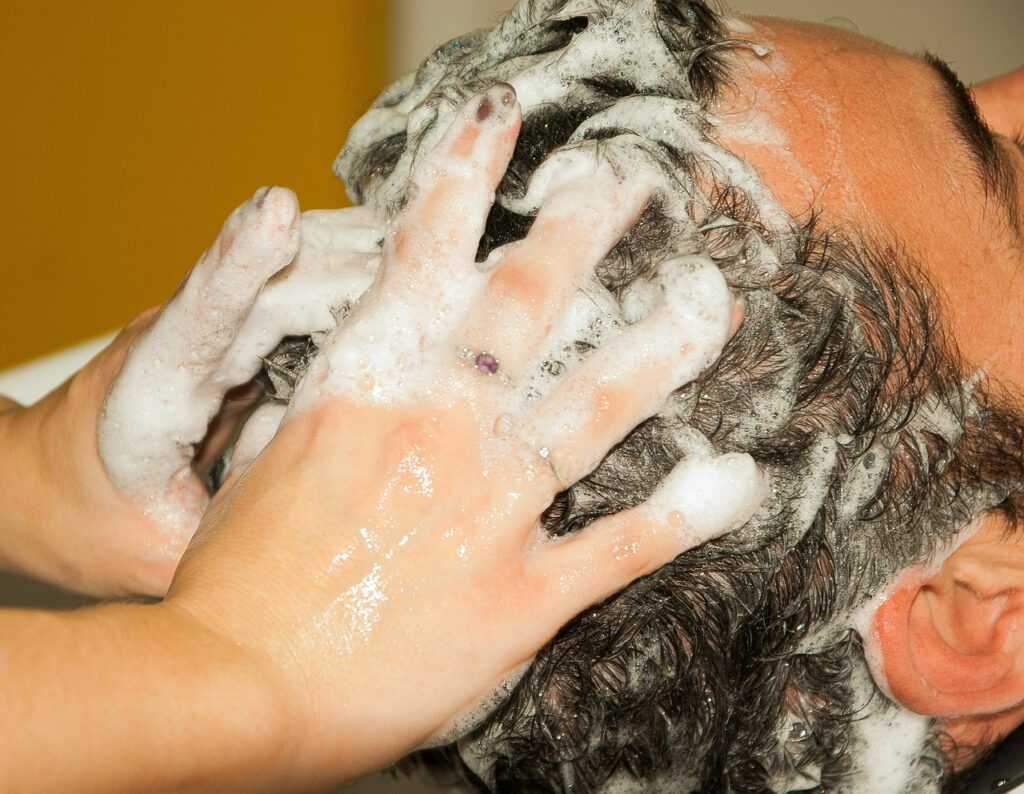Importance of Heat Protectants
Styling tools like flat irons and curling wands generate high temperatures that cause hair damage. Without the right protection, hair cuticles weaken, leading to breakage and split ends. Using heat protectants forms a barrier, reducing damage from up to 450°F.
Heat protectants contain ingredients that not only shield hair but also add moisture, counteracting the drying effects of heat. Ingredients like silicones and natural oils ensure hair retains its moisture while providing essential nourishment.
For colored or chemically-treated hair, heat protectants are vital. These hair types are more prone to damage and require extra care. Heat protectants help maintain the integrity of the hair, ensuring it remains strong and vibrant despite frequent styling.
To get the best results, apply heat protectants on damp hair before using any styling tool. Even distribution ensures maximum protection, minimizing the chances of heat damage.
Key Ingredients to Look For
Certain ingredients in heat protectants ensure hair health and protection during styling. Understanding these key ingredients aids in selecting the best product for your hair type and needs.
Natural Oils
Natural oils, such as argan and coconut oils, hydrate and nourish hair. I look for argan oil because it contains antioxidants and vitamins like Vitamin E. Coconut oil helps reduce protein loss in hair strands. These oils provide a protective layer against high temperatures.
Silicones
Silicones like Dimethicone and Cyclomethicone coat hair strands to create a barrier. This barrier protects hair from heat damage while enhancing shine and smoothness. I value Dimethicone for its ability to lock in moisture. Cyclomethicone evaporates quickly, reducing the greasy feel.
Vitamins and Nutrients
Heat protectants often include vitamins and nutrients like Vitamin B5 and keratin. Vitamin B5, or Panthenol, improves hair elasticity, while keratin strengthens hair. I appreciate Vitamin B5 for reducing breakage. Keratin replenishes lost protein, restoring hair health.
Top Heat Protectants for Healthy Styling

When protecting hair from heat damage, I find a diverse selection of products necessary. Below are my top recommendations organized by type.
Spray Heat Protectants
I prefer spray heat protectants for their ease of application. They ensure even coverage across large sections of hair. Sprays like Tresemme Thermal Creations Heat Tamer spray offer up to 450°F protection, with ingredients like Vitamin B5 to enhance shine and strength. Chi 44 Iron Guard Heat Protectant spray includes a silk complex that improves hair resilience. These sprays are ideal for prepping hair before using flat irons or curling wands.
Cream and Lotion Heat Protectants
Cream and lotion heat protectants work best for thicker or coarse hair. They nourish while adding a protective layer. I often use Moroccanoil Perfect Defense, which contains argan oil for deep conditioning and high-temperature defense.
Another favorite is Living Proof Restore Smooth Blowout Concentrate, combining heat protection with frizz control, suitable for blow-drying. These products blend well into damp hair, making styling smoother.
Serum Heat Protectants
Serums provide intense hydration and help manage frizz. They also offer excellent heat protection. I recommend Paul Mitchell Super Skinny Serum, which shortens drying time and shields hair from thermal damage. Another go-to is John Frieda Frizz Ease Extra Strength Serum, enriched with silicones to create a protective barrier. Serums are versatile for both wet and dry hair application, delivering a sleek, polished finish.
How to Use Heat Protectants Effectively
Heat protectants are crucial for maintaining healthy hair when using styling tools. To maximize their effectiveness, follow these steps.
Pre-Styling Application
Start with clean, damp hair for optimal absorption. After washing, towel-dry your hair to remove excess water, leaving it slightly damp. Apply the heat protectant product evenly from roots to tips, ensuring full coverage.
For sprays, hold the bottle 6-8 inches away from your hair and mist lightly. For creams or lotions, take a small amount, rub it between your palms, and work it through your hair. Comb through your hair to distribute the product uniformly. Wait a few minutes for the heat protectant to set before using any styling tools.
Post-Styling Care
To maintain the benefits of the heat protectant, follow up with post-styling care. After styling, let your hair cool down completely. Avoid touching or combing until it’s cool to prevent frizz.
Use a lightweight, leave-in conditioner or serum to lock in moisture and add extra protection. Avoid using additional heavy products that might weigh down your hair. Regularly incorporate deep conditioning treatments to repair and maintain hair health.
User Reviews and Experiences
Many users have shared their thoughts on the effectiveness of various heat protectants, highlighting both strengths and potential areas for improvement.
Positive Feedback
Users frequently praise heat protectants for delivering shiny, smooth hair. One user noted remarkable reduction in frizz after using a serum-based protectant.
Several reviewers highlighted the pleasant fragrance in spray formulations, which enhances the overall styling experience. Many users with chemically-treated hair have reported less breakage and improved texture after consistent use. Cream-based products often get commendations for their ability to soften and detangle hair.
Areas for Improvement
While there’s much positive feedback, some users have identified areas for improvement. A few have noticed a sticky residue with certain spray protectants. Others mentioned that some products weigh down fine hair.
There have also been reviews where users reported no significant difference in hair health. Specific lotions and serums might feel greasy for those with oily hair types and could necessitate more frequent washing.



 Senior Hair Health Advisor
Maria is a dedicated professional specializing in hair health and wellness. She brings a wealth of knowledge on how to maintain strong, resilient hair through natural and science-backed methods. Maria’s detailed guides and expert advice help readers enhance their hair health, offering personalized solutions to common hair concerns.
Senior Hair Health Advisor
Maria is a dedicated professional specializing in hair health and wellness. She brings a wealth of knowledge on how to maintain strong, resilient hair through natural and science-backed methods. Maria’s detailed guides and expert advice help readers enhance their hair health, offering personalized solutions to common hair concerns.
